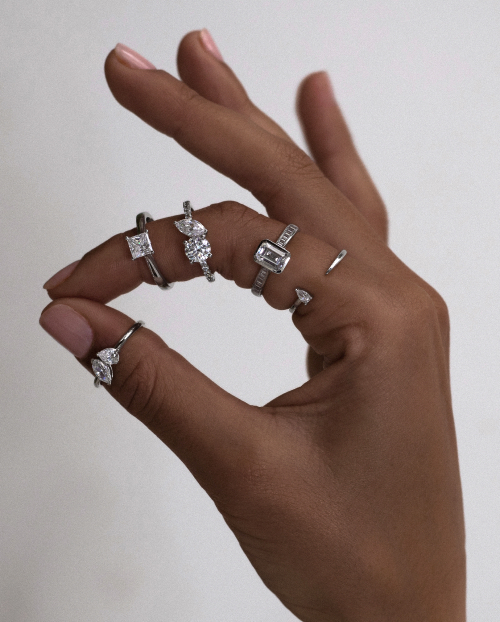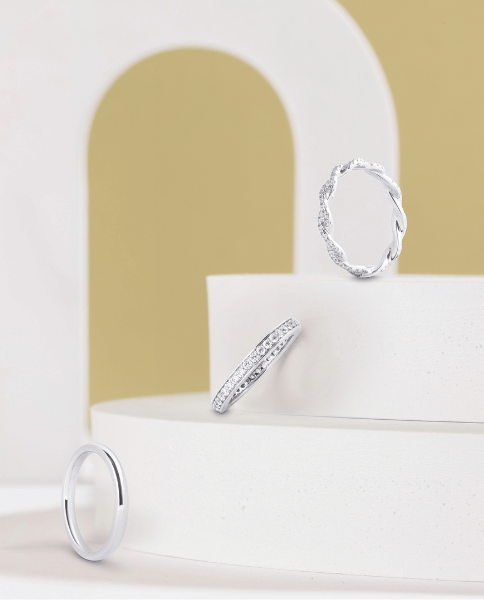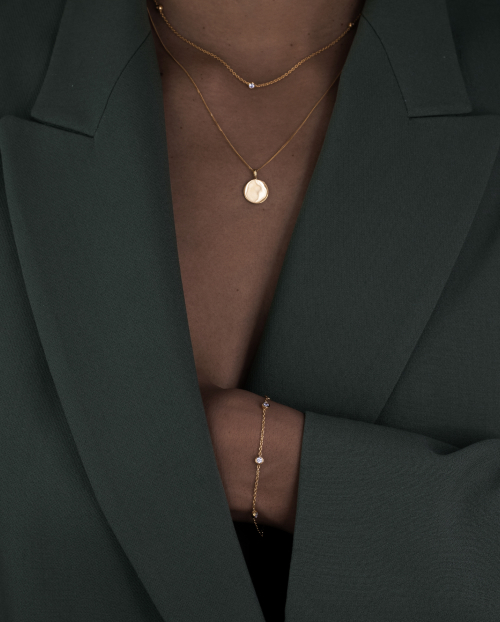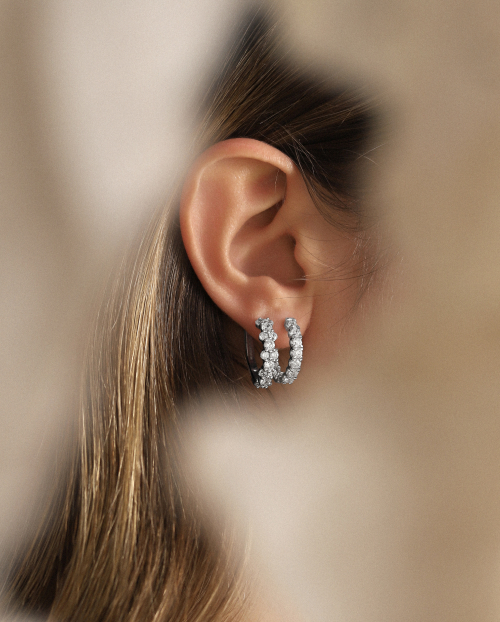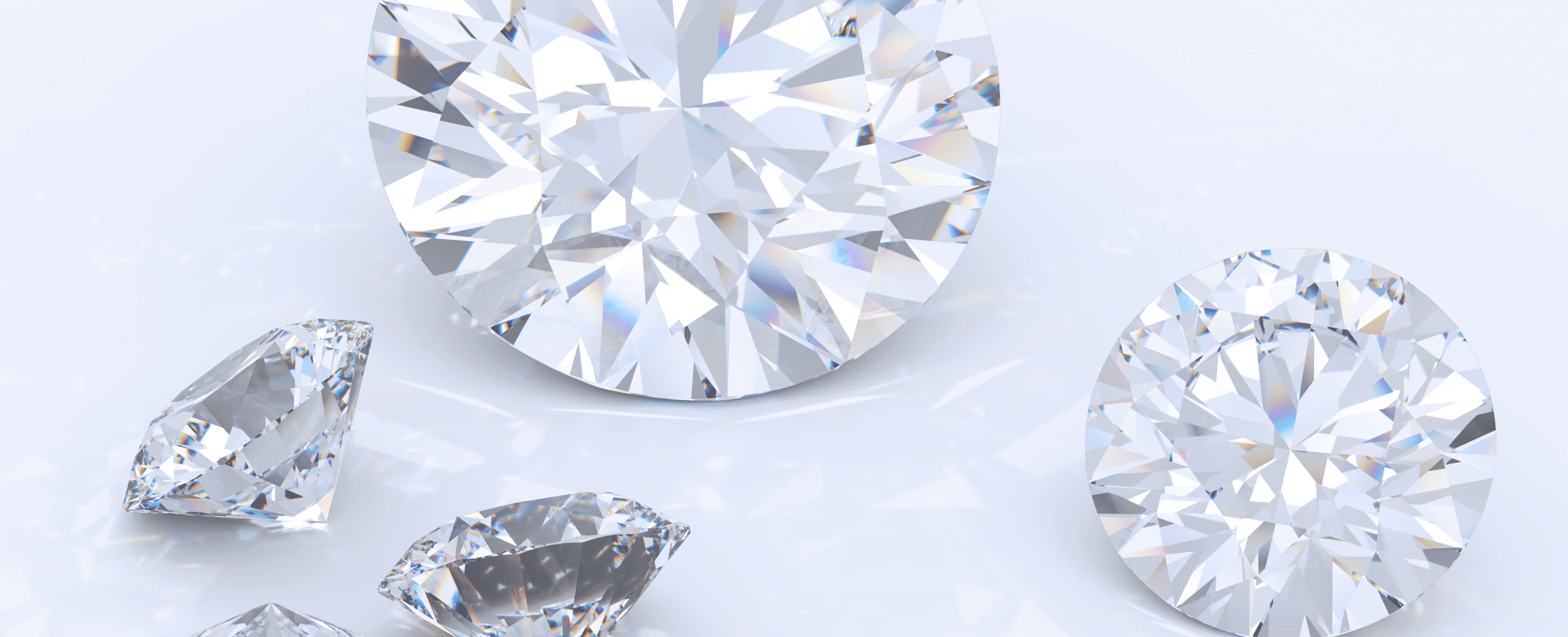
Clarity
Diamond clarity refers to the presence or absence of inclusions and blemishes in a diamond. These characteristics are often referred to as "imperfections" or "flaws." Diamond clarity is graded on a scale developed by the industry and ranges from "Flawless" (no inclusions or blemishes visible under 10x magnification) to "Included" (inclusions and blemishes visible to the naked eye).
It’s important to remember that the higher the grade, the sparklier the diamond will be.
The Diamond Clarity Chart
Diamond clarity is measured on a chart from flawless (F) or internally flawless (IF) to included (I1). The diamond clarity chart helps customers to understand and choose the best diamond possible for their budget. It’s important to remember that the higher the grade, the sparklier the diamond will be.
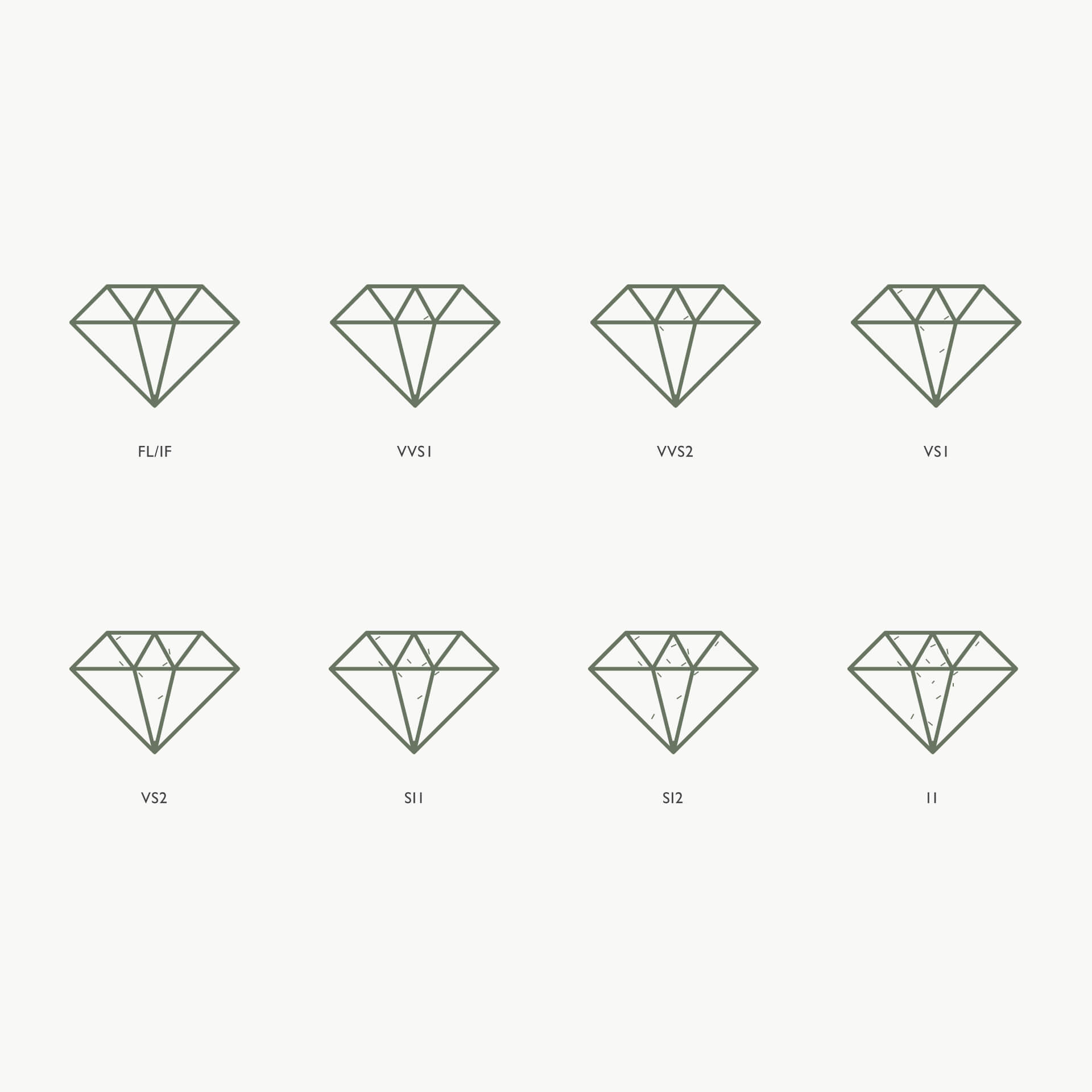

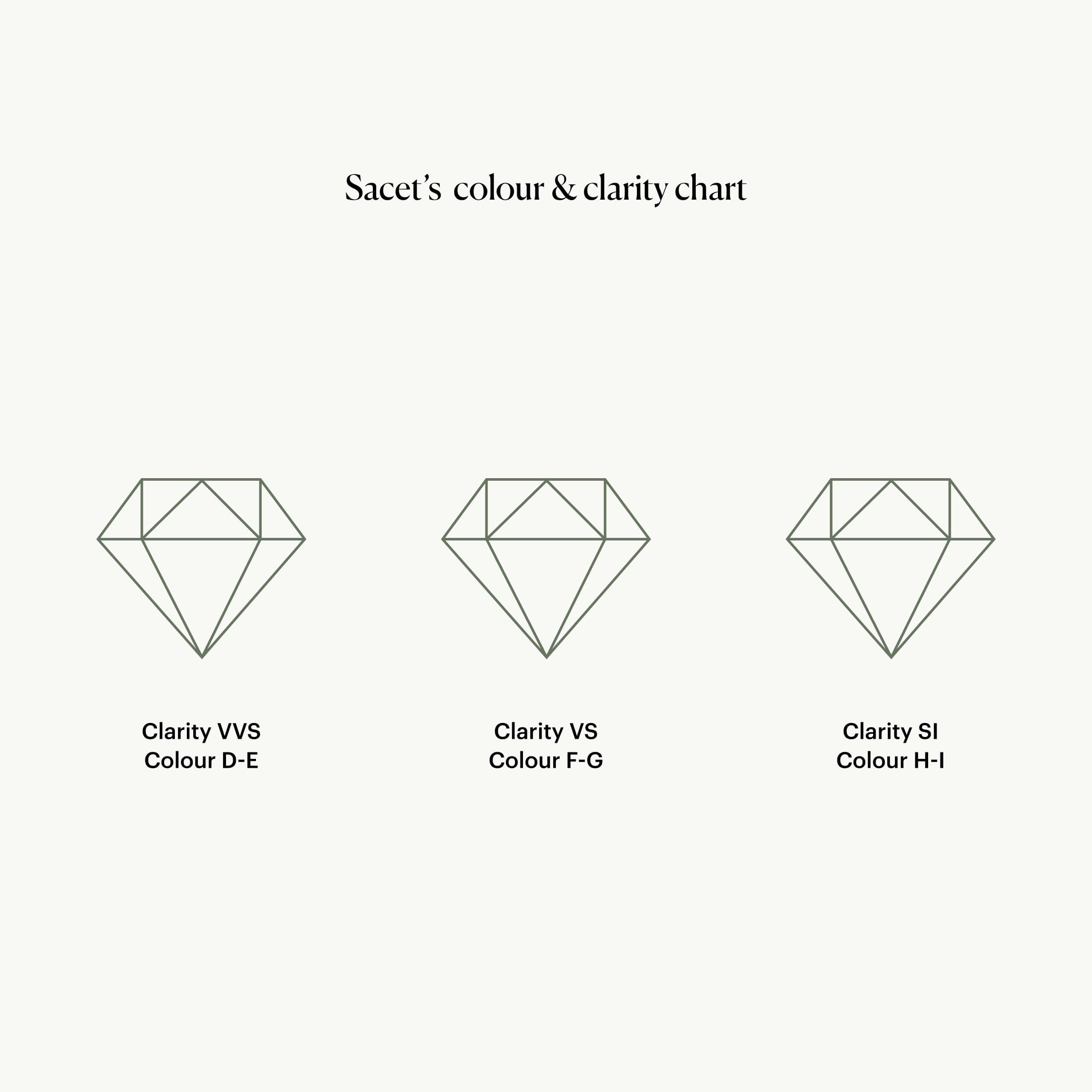
At Sacet we offer 3 levels of Clarity coupled with corresponding colour grades.
VVS - Very Very slightly included
At This grade, inclusions are extremely difficult for a skilled gemologist to see with a strong magnification but are still there. To the naked eye, you won’t be able to see anything at all, and it’ll be a beautiful sparkling diamond.
VS - Very slightly included
A VS clarity graded diamond will have several small inclusions that are fairly easy to pick up by a trained gemologist. At this grade, the inclusions are still very small but may also start to become visible to the naked eye depending on the shape of the stone and if the inclusions are black and more in the centre.
SI - Slightly included
A SI grade d diamond will have inclusions that are easily noticeable under magnification. There will often be several inclusions and blemishes grouped together in different spots. Inclusions will be visible to the naked eye depending on the diamond shape, angle and light.
Ensure Your Diamond is Eye-Clean
When deciding which clarity will be right for you and choosing a piece of diamond jewellery, either for yourself or a partner, whether it’s an engagement ring, bracelet, earrings or pendant, we believe that the most important factor is ensuring that the diamond is eye-clean. This means that any inclusions or blemishes can’t be seen with the naked eye, only under magnification.














